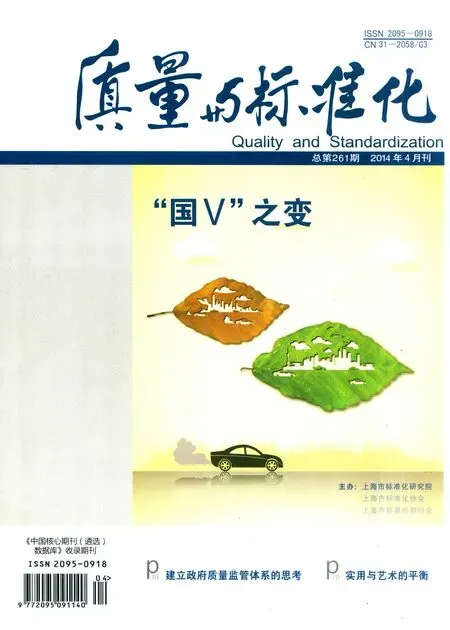实用与艺术的平衡
——雅俗共赏的唐代“正字”
文/五花肉
实用与艺术的平衡
——雅俗共赏的唐代“正字”
Balance between Practicality and Art——The Popular“Orthography”of the Tang Dynasty
文/五花肉

汉字Chinese character书法calligraphy正字学orthography规范化standardization

——颜元孙《干禄字书》
The vulgarized characters should be simple and easy-to-understand……the popular characters should be spread far and long……the orthodox characters should serve as reliable reference.

——张参《五经文字》
Unorthodox characters can be used in informal situations.

——《新唐书·选举志》
In an imperial competitive examination,the candidates need to take the oral test before the written test, the eligibility criterion of which requires that the candidate make right answers to 18 out of the 20 questions from the Annotation of Explaining Article and Interpreting Words and Zilin(Collection of Words).
作为书法的载体和造型基础,从殷商至今,有据可考的汉字历史已超过三千年,其由异而同、由繁而简的漫长演进过程就是一部汉字持续规范化和标准化的历史。
The Chinese character,a carrier to convey the spirit of calligraphy,has witnessed a history of over 3,000 years since the Shang Dynasty.The standardization of the Chinese character is reflected in the unification and standardization of the character patterns.

李斯奏请“书同文”
有研究指出,中国历史上的秦、汉、唐和明清等时期,曾先后出现四次大规模汉字规范和统一运动,留下了“书同文”、《熹平石经》、“正字学”运动和“馆阁体”等人文盛举。其间,除了秦代“书同文”以王朝力量强制推行标准字体外,后三次均为官民并举,而其中唐代“正字学”更被誉为中国历史上最大规模的汉字规范化运动。

清朝状元馆阁体
Researchers have found that there were four grand movements of Chinese character standardization,respectively marked by the“unifying of characters”during the Qin Dynasty,the Stone Carvings of Confucian Classics during the Period of Xiping in the Han Dynasty,the promotion of orthography during the Tang Dynasty,and the adoption of standardized characters for official use during the Ming and Qing Dynasties.The“unifying of characters”during the Qin Dynasty was imposed by the government,yet the latter threemovementshadwongovernmentaland non-governmental supports,among which the promotion of orthography during the Tang Dynasty was hailed as the most prominent in terms of scale.
在那个“公私仓廪俱丰实”的鼎盛时代,人们秉承宽容精神,围绕确定汉字标准字体,开展了大规模汉字规范化学术活动,涌现出“从俗”与“从古”两个学派。“民俗派”颜元孙,久思而著《干禄字书》,从名与实、体与用角度,将汉字字体分为正体、通体和俗体三类,分别用于官文应试、行文记录和日常生活;“经典派”张参,承诏编篡《五经文字》,明确提出以是否被《说文解字》、《字林》或《经典释文》等经典收录为标准,判断正字与讹字。

颜真卿干禄字书

说文解字
That was an abundant era in which the spirit of tolerance prevailed.There appeared two schools of thought during the standardization movement of Chinese characters—one advocates the vulgarization of characters and the other the return to the classical patterns.The former school was led by Yan Yuansun,who took painsbefore accomplishing the Book of Characters for Officials.It includes three types of characters,respectively for official exams,documenting,and daily life.Zhang Shen,representative figure of the latter school,edited Words from the Five Classics,according to which whether or not a character was correct depended on its inclusion into such classics as Annotation of Explaining Article and Interpreting Words,Zilin(Collection of Words),and Interpreting of Classical Works.
此间,唐王朝还设立弘文馆、崇文馆、翰林院等机构,对楷书进一步规划化、法度化,使之成为官方推行的规范书体,并列入科举考试内容。唐代异体字比例大幅下降,为后世汉字进一步统一奠定了良好基础。


The governments of the Tang Dynasty aimed to standardize and legalize characters by establishing organizations such as Hongwenguan,Chongwenguan,and Hanlinyuan.The official standard was reflected in the imperial competitive examinations.The number of unorthodox characters was slashed,which laid a solid foundation for the unification of Chinese characters.
尽管唐王朝并未将规范成果以国家法令颁行全国,正字学尚难视同于现代意义上的文字规范化运动,但恰恰由于这种温和而不彻底的特性,使人们在庙堂与江湖间,在实用的文字与艺术的书法间形成了完美平衡,唐代涌现出褚遂良、颜真卿、虞世南等一大批政治家兼书法大家。
Despite that the standardizing of characters was not prescribed by law during the Tang Dynasty,the promotion of orthography cannot be called a movement, strictly speaking.Yet,it is the moderate feature of the promotion that strikes a balance between the practicality and art of calligraphy.Thus the Tang Dynasty boasted a lot of great politicians cum calligraphic artists such as Chu Suiliang,Yan Zhenqing,and Yu Shinan.
要须胸中有道义,又广以圣哲之学,书乃可贵。回首唐代这段洋溢着学问文章之气、官民共同推进汉字规范化的生动历史,我们由汉字及于书法,隐约窥见了“字内功”与“书外工”相辅相成的奥妙,也更加钦佩中华文明母体中蕴涵的兼收并蓄、包容大气的独特精神气质。
The book is of great use only when one is acquainted with moral and philosophical principles.The trace to the glorious Tang Dynasty when both governmental and nongovernmental efforts were made to promote the standardization of Chinese characters proffers us an insight to the mysterious aura of calligraphy which requires at once extensive knowledge and a good command of techniques,as well as the inclusive feature and unique ethos of the Chinese civilization.
(支持单位:上海市标准化研究院)

